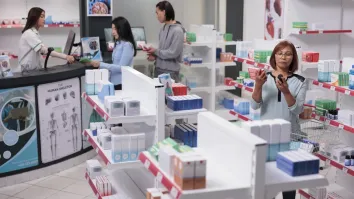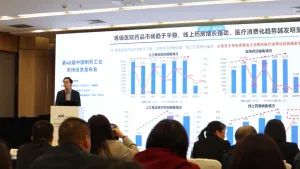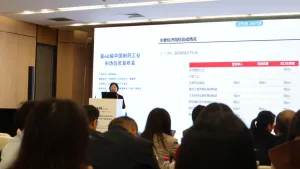
Global external nasal dilator market to grow by $242.3m by 2028
It is driven by rising air pollution and the growing prevalence of OSA.
The global external nasal dilator market is projected to increase by $242.3m from 2024 to 2028, with a compound annual growth rate (CAGR) of 6.78%, according to Technavio.
The surge is driven by rising air pollution and the growing prevalence of obstructive sleep apnea (OSA).
The rise in obstructive sleep apnea cases is a key factor influencing the nasal dilator market.
OSA occurs when the throat muscles intermittently relax during sleep, blocking the nasal airway and causing breathing difficulties and oxygen deprivation. Common symptoms include loud snoring and episodes of breathing cessation.
Risk factors for OSA include excess weight, hypertension, chronic nasal congestion, and conditions like asthma and diabetes. Untreated OSA can lead to severe health consequences, including high blood pressure, heart disease, stroke, and depression.
The report said that although external nasal dilators do not address the root causes of sleep apnea, they are commonly used to alleviate snoring by widening the nasal passages, thereby improving airflow.
The market’s growth is also fueled by demand for non-invasive solutions to manage sleep disorders and breathing difficulties, particularly as public health concerns over untreated OSA grow.
However, competition from internal nasal dilators, nasal sprays, and surgical options poses challenges to market growth. Despite this, demand remains strong, especially with reusable, hypoallergenic products available online and in pharmacies, appealing to consumers seeking non-invasive solutions.



















 Advertise
Advertise






